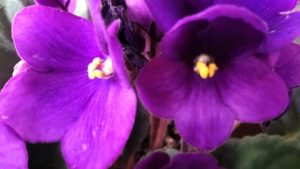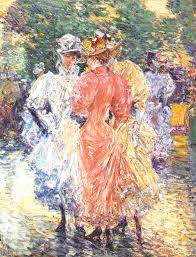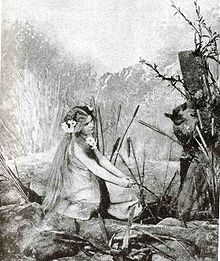Love in the moonlight
Ouvre ton coeur (Open your heart) by Georges Bizet (1838-1875)
Si tu le veux (If you like) by Charles Koechlin (1876-1950)
Chere nuit (Dear night) by Alfred Bachelet (1854-1923)
Quatre airs chantés, FP 46 by Francis Poulenc (1899-1963)
- Air romantique (romantic air)
- Air champetre (pastoral air)
- Air grave (serious air)
- Air vif (lively air)
Chants d’Auvergne (Selections) by Joseph Canteloube de Malaret (1879 – 1957)
La pastoura als camps (The Shepherdess in the Fields)
Baïlèro (Song of the shepherd of the High Auverne)
Lo fiolairé (The spinner)
Malurous qu’o uno fenno (Unfortunate is the one who has a wife)
Mele Santos, soprano and Joan Lundquist, piano
String Quartet No.23 in F major, K.590 by W.A. Mozart
- Allegro moderato
- Allegretto
- Minuetto/Allegretto
Kathryn Zufall and Sally Hufbauer, violin
Barb Clagett, viola
Fran Walton, cello





